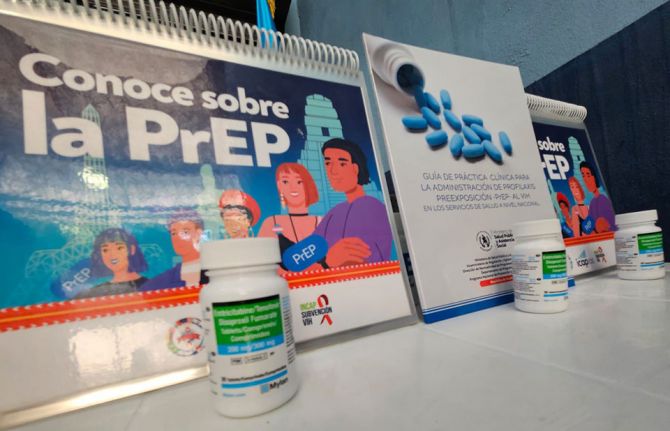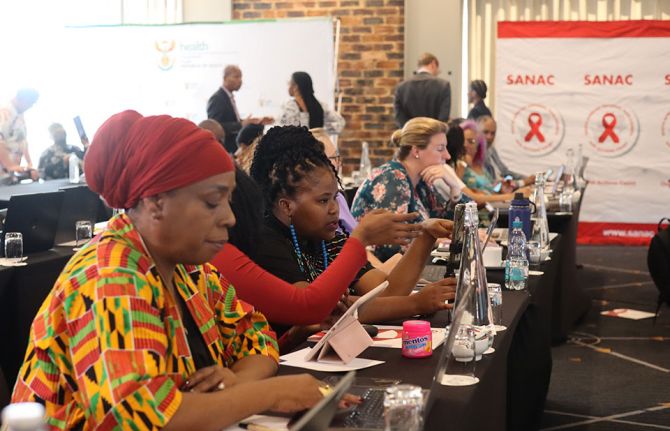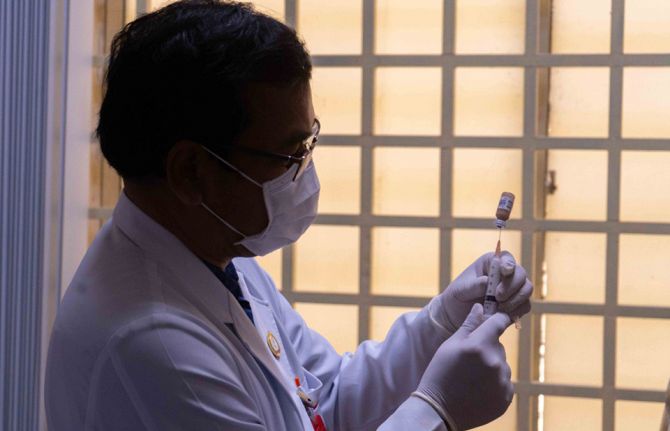
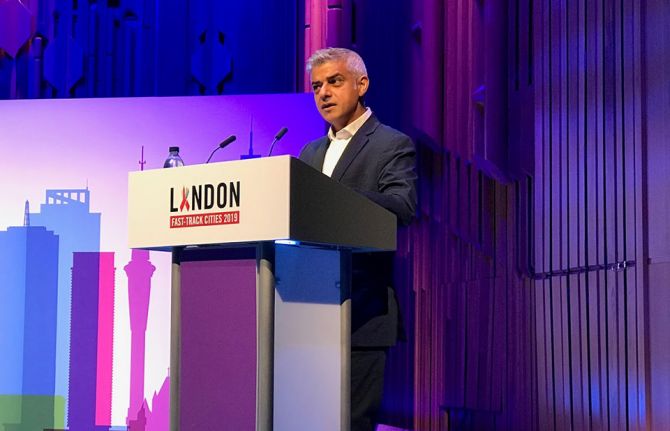
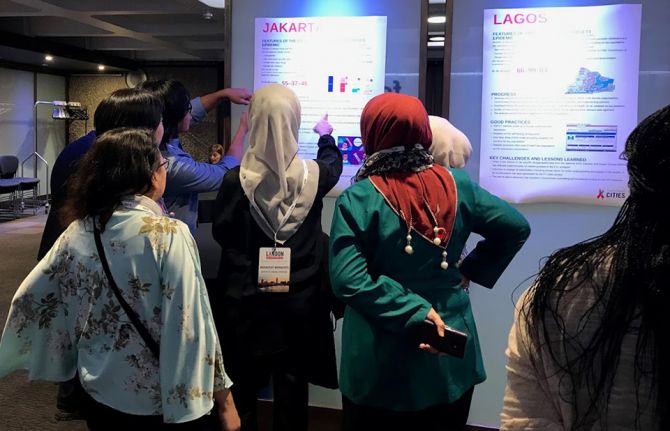
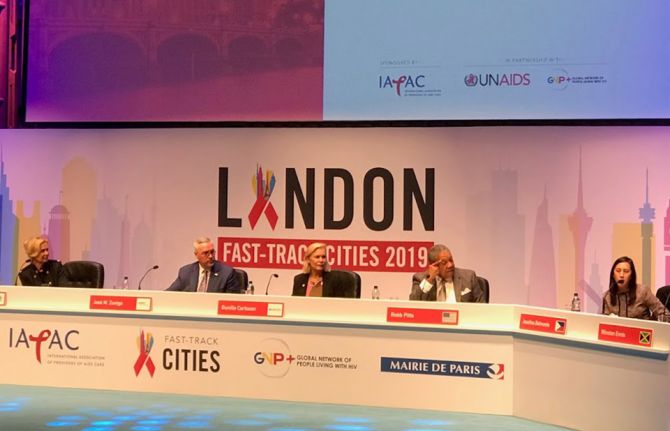
Feature Story
Five years on: 300 Fast-Track cities come together
10 September 2019
10 September 2019 10 September 2019More than 700 delegates from cities around the world have gathered in London, United Kingdom, for the first Fast-Track cities conference. The meeting, hosted by the International Association of Providers of AIDS Care (IAPAC) in partnership with UNAIDS and the Global Network of People Living with HIV (GNP+), is focusing on the efforts and progress that cities have made as well as the challenges and lessons learned over the past five years.
On World AIDS Day 2014, the Fast-Track cities initiative was launched in Paris, France, with 26 cities signing up to the initiative. It has now expanded to more than 300 cities and municipalities.
In a dialogue on the imperative of ending health inequalities in cities, a high-level panel of mayors, governors, civil society organizations, parliamentarians, United Nations agencies and other stakeholders addressed health and social inequalities in cities big and small.
Speaking at the opening of the conference, Sadiq Khan, the Mayor of London, confirmed his commitment to the HIV Fast-Track response in his city, which accounts for 38% of all people living with HIV in the United Kingdom.
“I am proud of what we have achieved, but we need to go further,” Mr Khan said. “I wholeheartedly support the United Kingdom’s bold ambition to get to zero new HIV infections, zero AIDS-related deaths and zero discrimination.”
London was one of the first cities to exceed the 90–90–90 and 95–95–95 targets, with recent figures confirming that 95% of all people living with HIV know their status, 98% of those are on treatment and 97% of people on treatment have suppressed viral loads. He also advocated for making pre-exposure prophylaxis (PrEP) widely available, saying, “No ifs, no buts, PrEP needs to be made available to everyone ... it works.”
In addition to London and Amsterdam, Netherlands, which were the first two cities to reach 90–90–90, two other cities in the United Kingdom, Manchester and Brighton and Hove, have also achieved the 90–90–90 targets. In an analysis of data from 61 cities, it was reported that 14 cities have surpassed the first 90, another 16 cities have surpassed the second 90 and 23 cities have surpassed the third 90.
UNAIDS Executive Director, a.i., Gunilla Carlsson said, “The AIDS response can be a pathfinder for fostering resilience in cities. We need continued inclusive leadership from mayors working hand in hand with communities to address the many structural and social factors that contribute to people being left behind with no access to health services.”
Other cities highlighted examples of how innovation and creating an enabling environment can increase the scale-up of services. In Melbourne, Australia, for example, the response began early with bipartisan political support at all levels of government, galvanizing a partnership between political, community and scientific leaders. This has driven the virtual elimination of mother-to-child transmission of HIV and transmission among sex workers. And in Nairobi, Kenya, the city has reached antiretroviral therapy coverage levels of close to 100% among people who have been diagnosed with HIV. The city credits the success to better data gathering, which helped to identify the needs of key populations and young people living in informal settlements.
IAPAC President and Chief Executive Officer José Zuniga reiterated the importance of cities, where more than 50% of the world’s population live. “The Fast-Track cities calculus for success requires political will and commitment, community engagement, data-driven planning and equity-based approaches so that no one is left behind,” he said.

